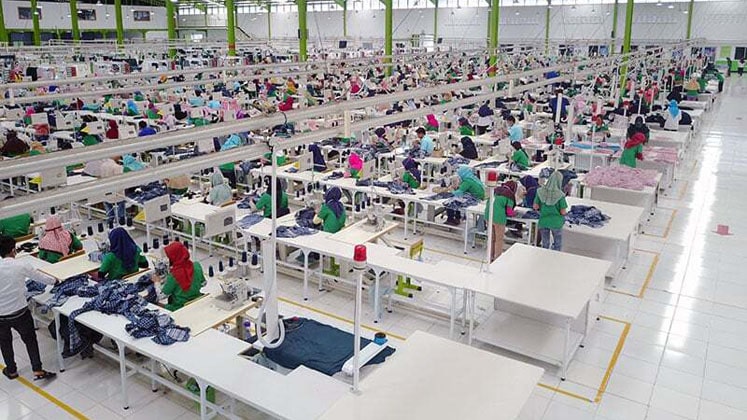
The EU and the US convened their second trilateral Trade and Labour Dialogue (TALD) meeting on 31st May, highlighting the urgency of combating forced labour and ensuring a smooth transition to a green economy for both firms and employees.
Notably, this was the first time industry and labour groups from the US and the EU collaborated to propose policy suggestions based on feedback from TALD stakeholders. The value of the TALD process is highlighted by this joint effort, and both sides want to find the best method to put these suggestions into practise.
The occasion, which was a component of the larger commerce and Technology Council (TTC), emphasised the importance of tackling labor-related issues in the context of global commerce. The EU and US sought to reaffirm their commitment to removing forced labour from supply networks running throughout respective areas, building on prior discussions reached during the TTC conference in December.
Executive vice-president of the European Commission Valdis Dombrovskis and US trade representative Ambassador Katherine Tai presided over the meeting.
The TALD participants also focused on achieving a smooth transition to a green economy that benefits both businesses and workers in addition to coerced labour. The European Commission emphasises that the timeliness of the TALD’s attention on this problem is particularly pertinent given that the EU and US have begun working on their Transatlantic Initiative on Sustainable Trade (TIST) work programme, which is intended to address global environmental and climate challenges.
Prior to the impending ministerial TALD meeting, participants from the business and labour sectors were urged to continue their conversations on the issue.
During the second TTC meeting in May 2022, the TALD was created in order to streamline talks with social partner stakeholders from the US and EU. The project’s goal is to address labor-related concerns in the context of transatlantic trade. The first technical meeting of the TALD took place in September 2022, while the first ministerial-level meeting was held in December of the same year.






